Filters
Download definitions (PDF) Case source list Model cases
Model cases
 National programme
National programme
-
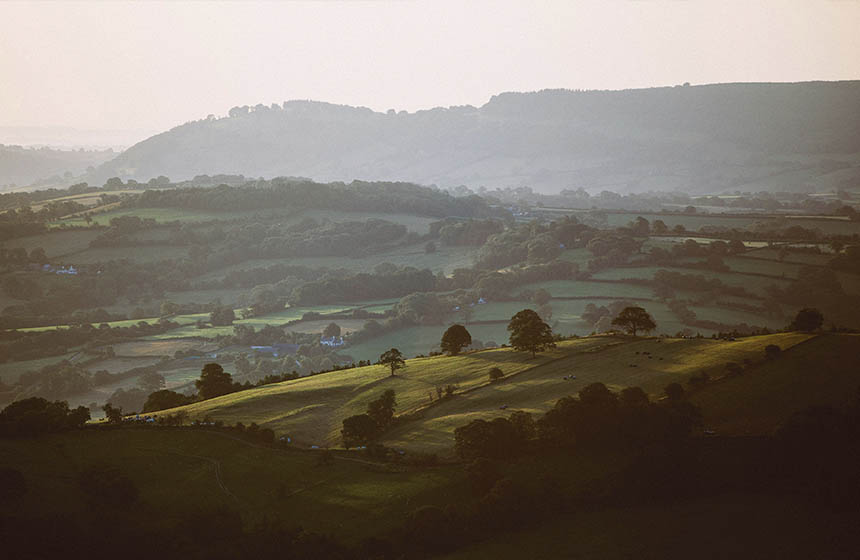
The Carbon Community: Tackling knowledge gaps on carbon sequestration by trees and soil
The Carbon Community works in partnership with scientists and the community to analyse and establish effective reforestation strategies to increase carbon sequestration through tree planting, with soil microbiome inoculation and basalt addition.
- Created habitats
- Management
United Kingdom -
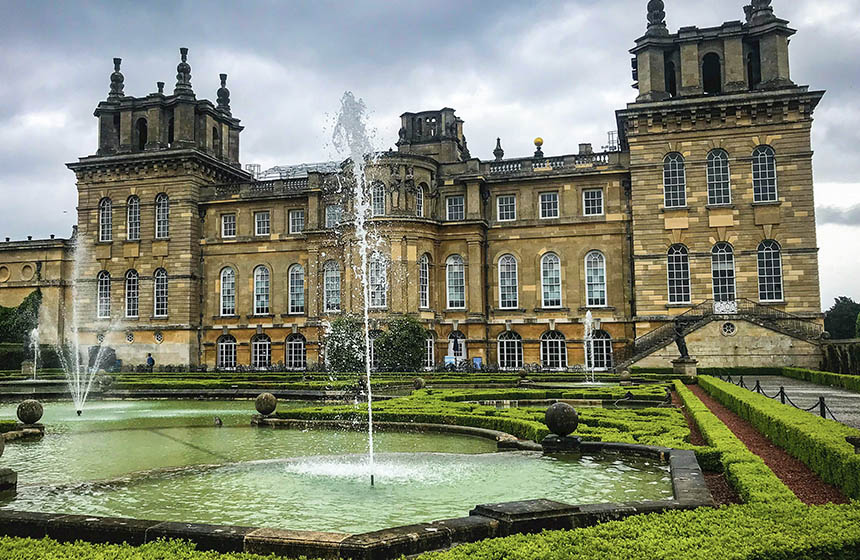
The Blenheim Estate: Nature-based solutions in a historic parkland
The Blenheim Estate shows how nature-based solutions can be used within and around a historic parkland and World Heritage site, to support Net Zero goals, improve water quality, provide health and wellbeing benefits and support local economies.
- Management
- Protection
- Restoration
United Kingdom -
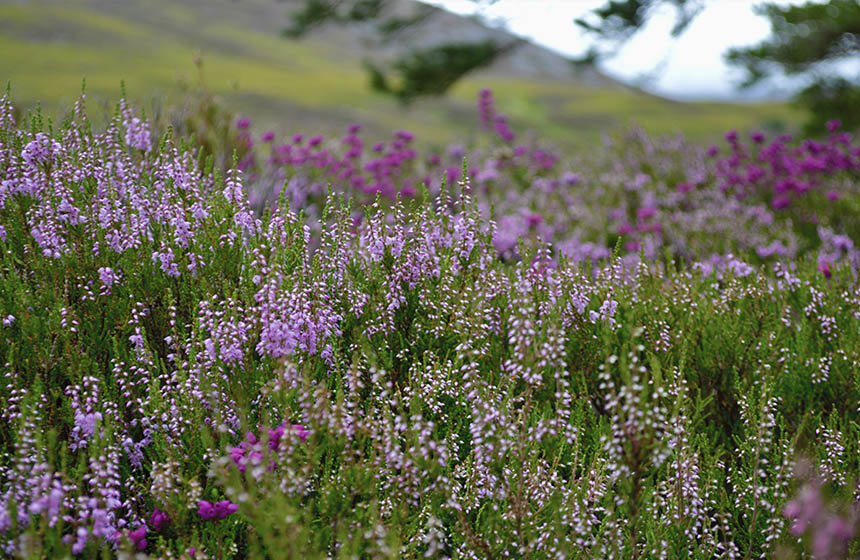
Beldorney Estate Rewilding Project (Highlands Rewilding)
Through rewilding riparian habitats and establishing regenerative agriculture, the Beldorney Estate rewilding project aims to increase carbon sequestration and biodiversity while delivering benefits for local communities. The estate encourages research partnerships to assess baseline biodiversity and carbon on the estate and build the science on natural capital verification.
- Created habitats
- Food production
- Management
- Restoration
United Kingdom -
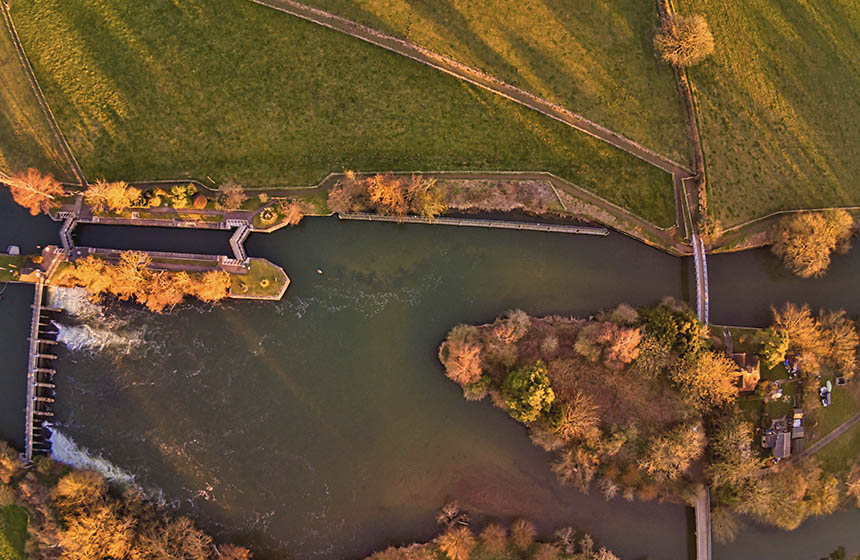
River of Life: wetland restoration along the River Thames
As part of the River of Life Project from 2013 to 2022, wetland habitats were created along the River Thames and Thame to improve biodiversity, water quality, flood alleviation and carbon sequestration, with a strong focus on engaging local communities and facilitating public access to nature.
- Created habitats
- Management
United Kingdom -

Bunloit Estate Rewilding Project (Highlands Rewilding)
Through the restoration of woodlands and peatlands and the managed grazing of grasslands, Highlands Rewilding aims to increase carbon sequestration and biodiversity while delivering local community benefits at Bunloit.
- Management
- Restoration
United Kingdom -
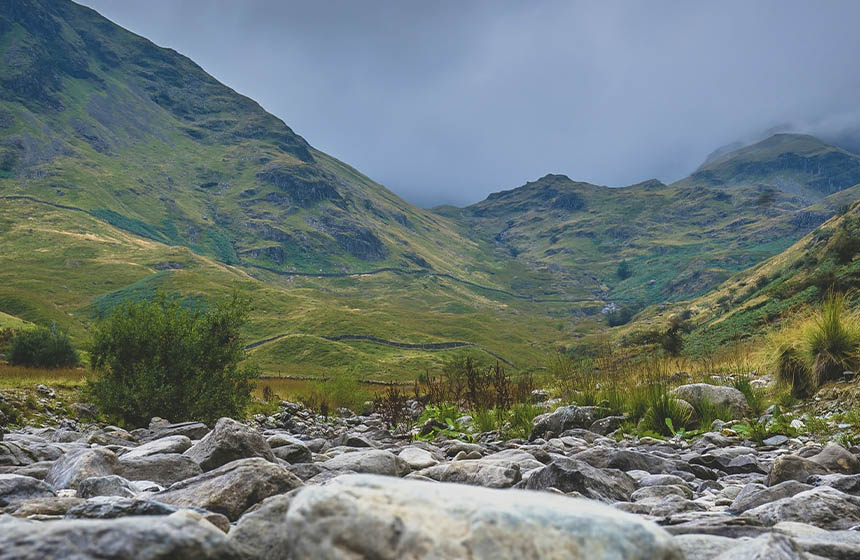
Wild Haweswater: sustainable upland hill farming and ecological restoration
Wild Haweswater is a partnership between the RSPB who manage the site and landowner United Utilities. Together, they aim to showcase how sustainable farming techniques can work alongside ecological restoration to improve water quality, enhance biodiversity and benefit people.
- Created habitats
- Management
- Restoration
United Kingdom -

Wild Ingleborough: Multi-partnership, landscape-scale habitat restoration
Organisations, charities and local communities have partnered to restore ancient woodland, peatland, hay meadows and facilitate low-intensity farming with objectives to improve biodiversity, increase carbon capture, and improve access for people.
- Created habitats
- Protection
- Restoration
United Kingdom -
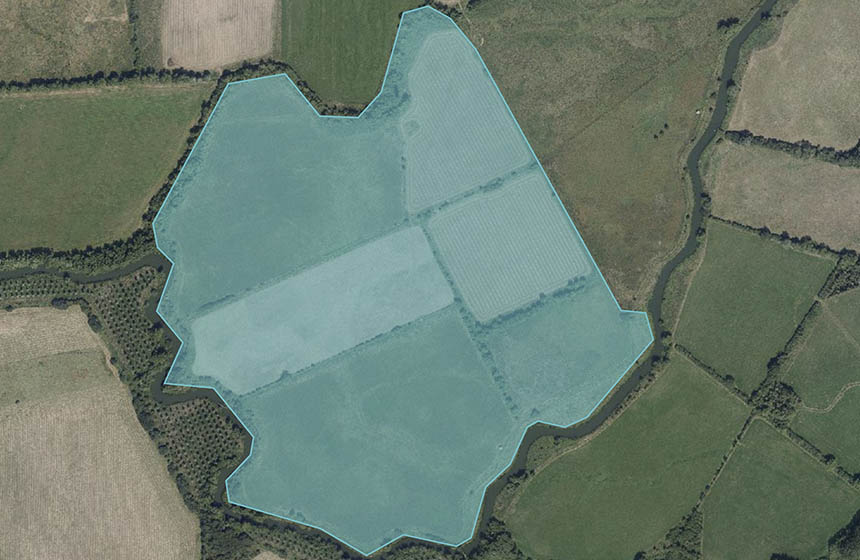
Chimney Meadows floodplain restoration
Wildflower meadows and wetlands are being restored at Chimney Meadows Nature Reserve to increase biodiversity, provide flood protection and improve water quality. Innovative financing enables the uncertain outcomes of nature-led restoration approaches to be assessed, and a targeted approach is used to monitor outcomes with limited resources. Rapid ecosystem assessment tools have been used to demonstrate the multiple benefits of restoration.
- Created habitats
- Management
- Restoration
United Kingdom -

Hogacre Common Community Eco Park
Established on a former sports ground, Hogacre Common Eco Park is now a thriving community hub focused on improving biodiversity, climate action, local food production, education and access to nature.
- Created habitats
- Food production
United Kingdom


